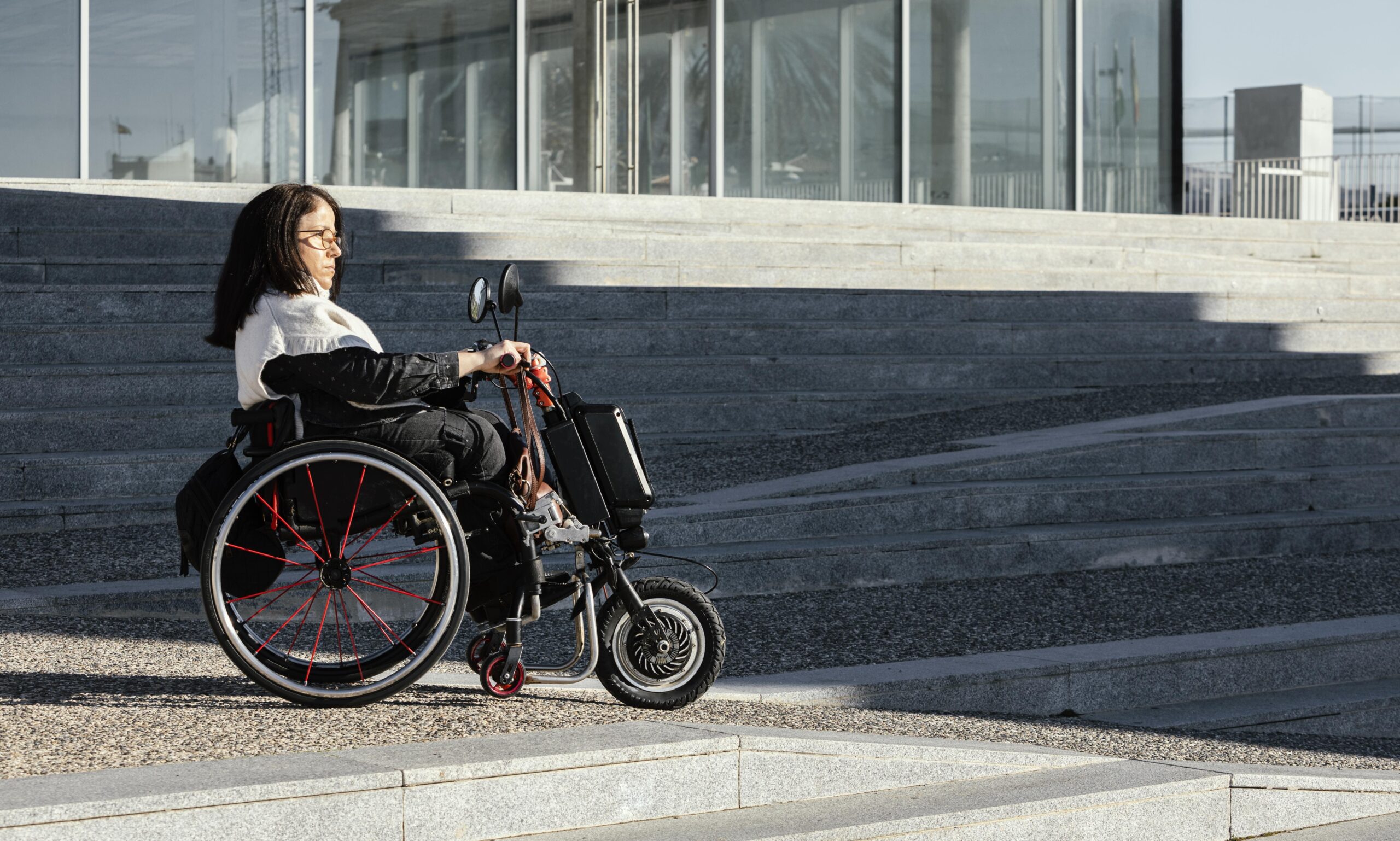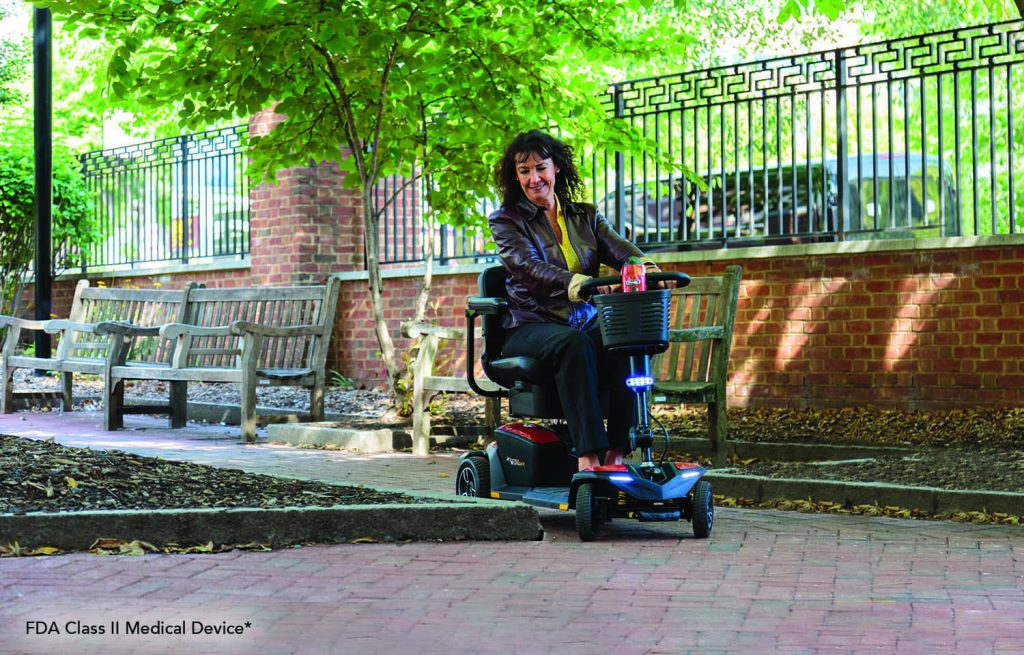Selecting the right wheelchair can significantly impact your independence, comfort, and quality of life. The decision between a manual wheelchair and a power wheelchair depends on various factors, including your physical abilities, lifestyle, and budget.
As an occupational therapist with years of experience helping clients choose mobility solutions, I understand how overwhelming this decision can feel. In this guide, I’ll break down the key factors to consider when deciding between a manual and a power wheelchair.
Understanding Manual and Power Wheelchairs
Before diving into the factors, it’s essential to understand the basics of these two types of wheelchairs:
Manual Wheelchair
- Propelled by the user or a caregiver using hand rims or handles.
- Lightweight and foldable, making it easy to transport.
- Ideal for short-term use or individuals with sufficient upper body strength.
Power Wheelchair
- Powered by an electric motor and controlled using a joystick or other interface.
- Designed for long-term use and individuals with limited upper body strength.
- Larger and heavier, with advanced features for comfort and customization.
1. Physical Strength and Mobility
Your physical abilities play a significant role in determining the type of wheelchair that suits you best.
Manual Wheelchair
Best For:
- Individuals with strong upper body strength to propel themselves.
- Those who can transfer in and out of the chair independently.
Considerations:
- Overuse injuries, such as shoulder strain, can occur with prolonged use.
- Requires good cardiovascular endurance for self-propulsion.
Power Wheelchair
Best For:
- Individuals with limited strength or mobility in their arms and hands.
- Those with conditions like muscular dystrophy, spinal cord injuries, or advanced arthritis.
Considerations:
- May require caregiver assistance for charging and maintenance.
2. Lifestyle and Daily Activities
Think about how and where you’ll use your wheelchair on a daily basis.
Manual Wheelchair
Advantages:
- Ideal for short trips and indoor use.
- Easy to navigate in tight spaces like small apartments or crowded areas.
- Simple to transport in vehicles or public transportation.
Limitations:
- Challenging to use on inclines or rough terrain.
- Requires significant effort for long distances.
Power Wheelchair
Advantages:
- Excellent for outdoor use and uneven terrain, thanks to advanced suspension and larger wheels.
- Allows for longer travel distances without physical strain.
- Customizable features like recline, tilt, and leg elevation improve comfort.
Limitations:
- Bulkier and harder to maneuver in small spaces.
- May require a vehicle lift for transportation.
3. Portability and Storage
The size and weight of your wheelchair affect its portability and ease of storage.
Manual Wheelchair
- Lightweight models are foldable and easy to lift into a car.
- Requires minimal storage space at home.
Power Wheelchair
- Heavier and larger, often requiring a van or specialized lift for transportation.
- Needs ample storage space and access to a charging station.
4. Cost and Insurance Coverage
Budget is a crucial factor when selecting a wheelchair.
Manual Wheelchair
- Cost: Generally less expensive, with basic models starting around $200-$500.
- Insurance: Often covered by insurance for short-term or basic mobility needs.
Power Wheelchair
- Cost: More expensive, ranging from $1,500 to over $15,000, depending on features.
- Insurance: Medicare and private insurance often cover power wheelchairs if deemed medically necessary.
Tips:
- Work with your healthcare provider to get documentation for insurance coverage.
- Explore grants or assistance programs to offset costs.
5. Maintenance and Repairs
Consider the long-term care and maintenance needs of your wheelchair.
Manual Wheelchair
- Requires minimal maintenance—typically cleaning and occasional tire replacements.
- Repairs are straightforward and inexpensive.
Power Wheelchair
- Requires regular charging and maintenance of batteries, motors, and electronics.
- Repairs can be costly and may require professional servicing.
6. Independence and Caregiver Support
Assess how much support you’ll need for daily activities and mobility.
Manual Wheelchair
- Best for individuals who can propel themselves or have caregivers available to assist.
- Caregivers may need to provide significant physical effort for pushing on inclines or long distances.
Power Wheelchair
- Ideal for users seeking greater independence.
- Reduces caregiver strain, as the user can navigate without assistance.
7. Customization and Comfort
Both manual and power wheelchairs offer customization options, but power wheelchairs typically provide more advanced features.
Manual Wheelchair
- Adjustable seat height, armrests, and footrests.
- Lightweight frames available for easier propulsion.
Power Wheelchair
- Advanced features like reclining seats, adjustable cushions, and joystick sensitivity settings.
- Options for headrests, lumbar support, and specialized controls for users with limited dexterity.
8. Environmental Considerations
Think about the environments where you’ll be using the wheelchair most often.
Manual Wheelchair
- Best for flat, smooth surfaces like indoor flooring.
- Struggles on rough terrain, grass, or gravel.
Power Wheelchair
- Designed for both indoor and outdoor use.
- Can handle uneven terrain, curbs, and inclines with ease.
FAQs
1. Can I switch from a manual wheelchair to a power wheelchair later?
Yes, many users start with a manual wheelchair and transition to a power wheelchair as their needs change. Discuss this option with your healthcare provider.
2. How do I transport a power wheelchair?
Power wheelchairs often require a van or vehicle lift for transportation. Portable models are available but may still be heavier than manual options.
3. Are lightweight manual wheelchairs suitable for long-term use?
Yes, but they are best suited for individuals with sufficient upper body strength. Overuse injuries may occur with prolonged use.
4. How do I qualify for insurance coverage for a wheelchair?
Insurance typically requires a doctor’s prescription and evidence that the wheelchair is medically necessary. Work with your provider to gather the necessary documentation.
5. What’s the average lifespan of a wheelchair?
Manual wheelchairs typically last 3-5 years, while power wheelchairs can last 5-7 years with proper maintenance.
Conclusion: Finding the Right Fit
Choosing between a manual and power wheelchair is a highly personal decision that depends on your physical abilities, lifestyle, and preferences. Manual wheelchairs are lightweight, affordable, and ideal for short-term or less intensive use. Power wheelchairs, on the other hand, offer greater independence, advanced features, and ease of use for those with more complex mobility needs.
Take the time to consult with your healthcare provider, test different models, and consider your long-term needs. With the right wheelchair, you’ll gain the freedom and confidence to live life on your terms.






